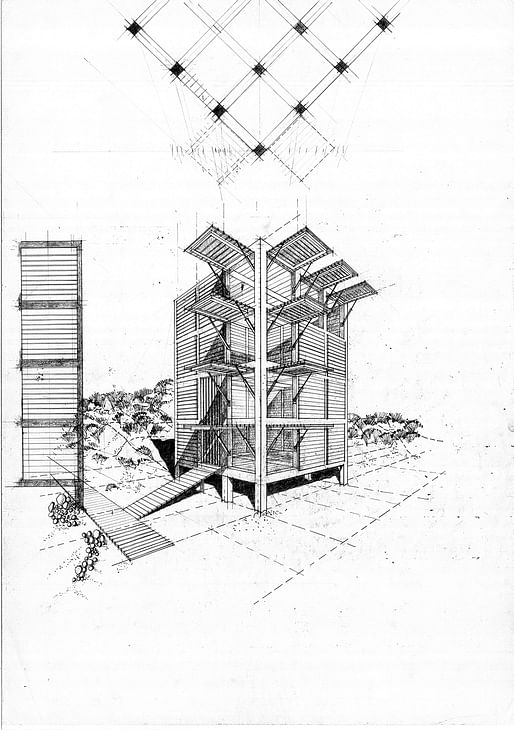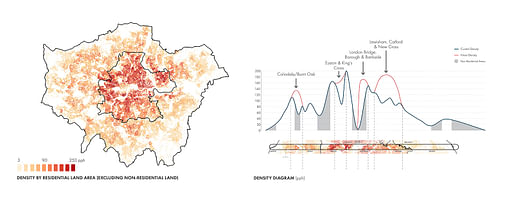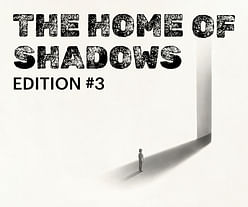
Starting with 51 submissions from 11 countries, the winners of the 2017 RIBA President's Awards for Research have been announced! The competition distinguishes top-notch architectural research projects by students, academics, and practitioners worldwide. The winners were selected from a shortlist comprising four categories: History and Theory; Cities and Community; Design and Technical; and the 2017 theme of Housing.
Out of the four category winners, the coveted 2017 RIBA President’s Medal for Research was awarded to Dr. Edward Denison of the Bartlett School of Architecture, UCL (who also won in last year's competition) and UK-based independent researcher Guang Yu Ren for their project “Ultra Modernism in Manchuria”.
Read more about the winning projects below.
2017 RIBA President’s Medal for Research and History and Theory category winner:
“Ultra Modernism in Manchuria”
Dr. Edward Denison, Bartlett School of Architecture, UCL, UK
Guang Yu Ren, Independent Researcher, UK

Project excerpt from the RIBA Book of Abstracts: “Such was the speed and intensity of Manchukuo’s encounter with modernity and its distinction from western precedents, the Japanese branded it ultra-modernism. Ultra-Modernism in Manchukuo was ideologically ubiquitous and became manifest in urban planning, architecture, transportation, photography and film - all essential facets of modern metropolitan life in Manchukuo...After more than a decade of research culminating in the recent publication of the first book to focus exclusively on architecture and modernity in Manchuria, this work not only fills a conspicuous gap in existing architectural knowledge and challenges the modernist canon, but also provides important context to the rising tensions in the region, the seeds of which were sown in Manchuria.”
Design and Technical category winner:
“The Development of the Building Envelope Using Welsh-Grown Timber: A study Through Prototyping”
Dr. Steven Coombs, Welsh School of Architecture, Cardiff University, UK


Project excerpt: “This research explores the use of Welsh-grown timber in the building envelope, through the prototyping of a series of live design projects with a focus on species, technology and tectonic form...The research demonstrates that it is possible to use Welsh-grown timber for a variety of modular superstructure, cladding and external joinery systems. The findings identify limitations, such as a lack of research and development investment, from government and business, and a lack of knowledge and focused direction across the industry. However, the prototype projects show that the unique properties of timber, sustainably grown, managed and processed in Wales can be innovatively manufactured and assembled into prefabricated, components for the design and construction of the low-energy architectural building envelope.”
Cities and Community category winner:
“London’s Local Character and Density”
Jane Manning, George Garofalakis, Antony Rifkin & Geoff Noble, Allies and Morrison LLP

Project excerpt: “Understanding the underlying character of different parts of London is fundamental to setting out a strategy for future growth. This study has established a broad characterisation of Greater London as a proactive contribution to the debate around the residential density matrix and its application alongside a wider consideration of land uses. The character areas have been defined using a series of detailed information layers, including historic maps, historic and current land use, street structure, transport infrastructure, existing densities and heritage designations. This resulting map is set at a broad enough scale to be useful to strategic planning, but is supported by detailed information to allow for more area specific interrogation.”
Annual Theme - Housing winner:
“Toward Healthy Housing for the Displaced”
Dr. Dima Albadra, Prof. David Coley & Dr. Jason Hart, University of Bath, UK

Project excerpt: “The population of people living in temporary settlements after disasters is in the millions and the average stay in these settlements exceeds a decade. This paper reviews the literature on the design of post-disaster relief shelters in order to: establish the state of the art, identify trends and describe the academic activity of the past forty years. The analysis demonstrates that the academic engagement in this topic is limited, with fewer than sixty publications in the past four decades.”
You can read RIBA's Book of Abstracts in full here.

The Home of Shadows / Edition #3
Register by Wed, Jan 29, 2025
Submit by Mon, Mar 3, 2025

Denver Single-Stair Housing Challenge
Register by Thu, Dec 12, 2024
Submit by Thu, Jan 23, 2025

The Last Nuclear Bomb Memorial / Edition #5
Register by Thu, Jan 16, 2025
Submit by Wed, Feb 19, 2025

MICROHOME Kingspan 2024/25
Register by Thu, Dec 5, 2024
Submit by Tue, Mar 18, 2025
No Comments